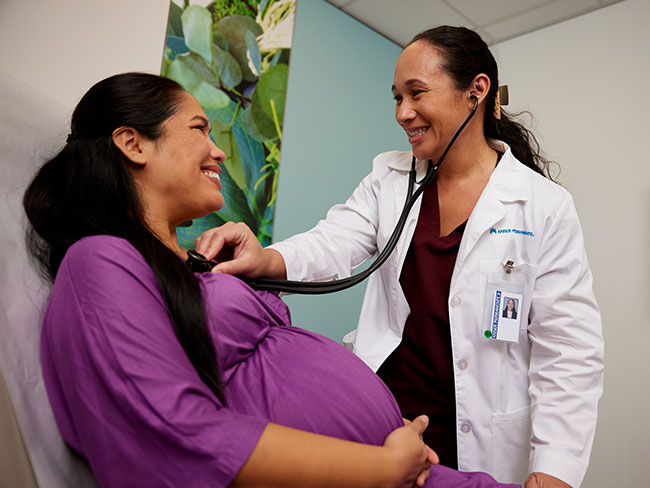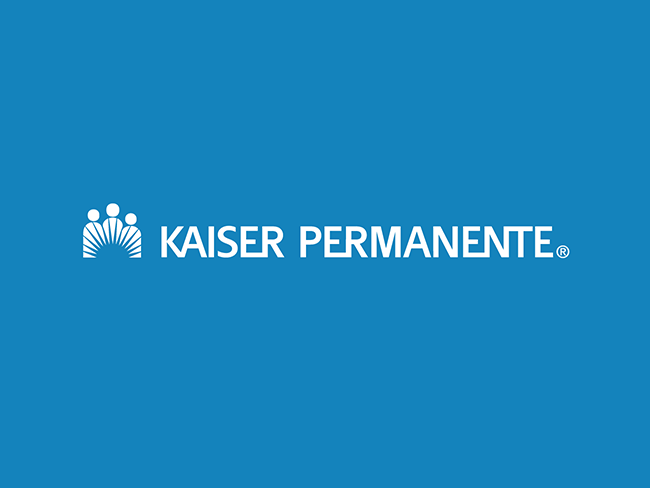Kaiser Foundation Health Plan, Hospitals 2020 financial results
Largest nonprofit, integrated health care system reports stable operating performance while providing high-quality health care during pandemic.
OAKLAND, Calif. — Kaiser Foundation Health Plan, Inc., Kaiser Foundation Hospitals, and their respective subsidiaries (KFHP/H) reported 2020 annual financial results, demonstrating stable performance during the pandemic. Total operating revenues for 2020 were $88.7 billion, compared to $84.5 billion in 2019. Total operating expenses were $86.5 billion, compared to $81.8 billion in the prior year. Operating income was $2.2 billion, or 2.5% of operating revenues, compared to $2.7 billion in 2019, or 3.2%.
“Our 2020 year-end results reflect the strength of our integrated model amid the unparalleled challenges of fighting COVID-19. In each stage of the pandemic, Kaiser Permanente’s dedicated employees did an outstanding job delivering virtual and in-person care while also providing COVID-19 prevention, testing, treatment, and vaccination,” said chairman and chief executive officer Greg A. Adams. “As part of our mission, we found innovative ways to provide high-quality, affordable care to our members and communities equitably and safely while protecting our health care workers.”
Investment performance during the year resulted in total other income and expense of $4.1 billion in 2020, compared to $4.7 billion in 2019. This total, combined with operating income, resulted in net income for 2020 of $6.4 billion, compared to $7.4 billion in 2019. Capital spending totaled $4.0 billion, compared to $3.5 billion spent the year prior. As of December 31, 2020, the Kaiser Permanente network included 723 medical offices, 39 owned and operated hospitals, and 56 retail and employee clinics.
Membership
Kaiser Permanente membership as of December 31, 2020, was 12.4 million, an annual increase of nearly 110,000 members. Overall membership remained stable because of efforts on the part of government, employers, and Kaiser Permanente to help people maintain health benefits during this period of crisis. During 2020, the national unemployment rate climbed to a high of 14.8% in April and remained high throughout the year compared to prior years.
“Our unique model of care and coverage enabled our members to maintain continuity of health care coverage and remain with their established care providers despite job loss, income reduction, business closures, and the economic downturn driven by the global pandemic,” said executive vice president and chief financial officer Kathy Lancaster.
Kaiser Permanente COVID-19 response
In 2020, Kaiser Permanente made investments in people, facilities, equipment, supplies, and virtual technologies, including increasing inpatient capacity, acquiring additional equipment, and expanding testing capabilities to address COVID-19 needs.
Highlights include:
- Cared for almost 600,000 patients with COVID-19
- Delivered inpatient care to nearly 33,000 patients with COVID-19
- Administered 4.8 million COVID-19 diagnostic tests
- Distributed more than 43,000 household prevention kits containing masks, sanitizer, disposable gloves, and other items to lower the risk of in-home transmission of COVID-19 when a household member tests positive
Leveraging virtual care
Kaiser Permanente’s longtime commitment to investing in technology allowed for a rapid ramp-up to meet significantly increased telehealth and remote care needs during the COVID-19 pandemic. In 2020, Kaiser Permanente provided more than 31 million telehealth visits (scheduled telephone and video visits), enhancing care while providing increased safety and convenience for its members. In addition, Kaiser Permanente completed nearly 4.6 million e-visits. Members visited the kp.org member portal and mobile app more than 423 million times for activities such as sending secure messages to clinicians, viewing lab results, and filling 42 million prescriptions.
Improving community health
Community health efforts in 2020 focused on expanding health care access in communities with a particular focus on addressing health inequities and COVID-19 relief. In total Kaiser Permanente spent $3.6 billion on Community Health programs.
2020 and 2019 annual financial summary
($ in millions) |
2020 |
2019 |
Total operating revenues |
$88,726 |
$84,538 |
Total operating expenses |
$86,509 |
$81,806 |
Operating income |
$2,217 |
$2,732 |
Operating margin |
2.5% |
3.2% |
Total other income and expense |
$4,136 |
$4,704 |
Net income |
$6,353 |
$7,436 |
Capital spending |
$4,007 |
$3,451 |
Footnotes
Certain statements included in this document may constitute “forward-looking statements.” Such statements are generally identifiable by the terminology used, such as “plan,” “project,” “forecast,” “expect,” “estimate,” “budget,” or other similar words. The achievement of certain results or other expectations contained in such forward-looking statements involve known and unknown risks, uncertainties, and other factors, which may cause actual results, performance, or achievements described to be materially different from any future results, performance, or achievements expressed or implied by such forward-looking statements. Accordingly, actual results will vary and the variations may be material. None of the KFHP/H organizations plan to issue any updates or revisions to those forward-looking statements if or when expectations change, or events, conditions, or circumstances on which such statements are based occur.
About Kaiser Permanente
Kaiser Permanente is committed to helping shape the future of health care. We are recognized as one of America’s leading health care providers and nonprofit health plans. Founded in 1945, Kaiser Permanente has a mission to provide high-quality, affordable health care services and to improve the health of our members and the communities we serve. We currently serve 12.4 million members in 8 states and the District of Columbia. Care for members and patients is focused on their total health and guided by their personal Permanente Medical Group physicians, specialists, and team of caregivers. Our expert and caring medical teams are empowered and supported by industry-leading technology advances and tools for health promotion, disease prevention, state-of-the-art care delivery and world-class chronic disease management. Kaiser Permanente is dedicated to care innovations, clinical research, health education, and the support of community health.














